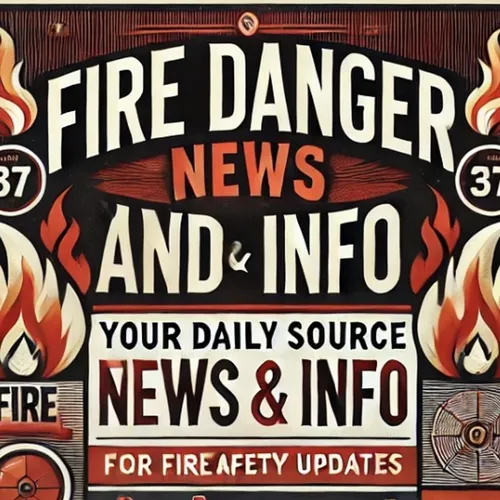Extreme Heat and Wildfire Danger Grip California and Southwest US
- Author
- Quiet. Please
- Published
- Wed 27 Aug 2025
- Episode Link
- https://www.spreaker.com/episode/extreme-heat-and-wildfire-danger-grip-california-and-southwest-us--67534584
A dangerous heat wave is sweeping across much of California and the Southwest United States this week, bringing triple-digit temperatures and dramatically increasing the risk of wildfires. The National Weather Service issued extreme heat warnings for Southern California beginning Wednesday and running into the weekend, urging residents to limit outdoor activities to early morning hours and to hydrate frequently. Downtown Los Angeles is forecast to reach ninety-four degrees Fahrenheit, while some valleys could see temperatures as high as one hundred eight degrees. Desert areas are expected to be several degrees hotter. As reported by ABC News, more than thirty million Americans are currently under alert for both extreme heat and heightened fire danger, with red flag warnings issued throughout Los Angeles, Ventura, Santa Barbara, and San Luis Obispo counties.
Officials have responded to the threat by opening cooling centers in Los Angeles and deploying additional firefighting resources statewide, including ten extra fire engines and multiple specialized teams, in anticipation of potential blazes. Nancy Ward of California’s Governor’s Office of Emergency Services emphasized that positioning crews in high-risk areas allows for faster, more effective response should fires erupt. California’s largest blaze so far this year, the Gifford Fire, began in early August and has charred nearly two hundred six square miles across San Luis Obispo and Santa Barbara counties. As of Tuesday, the fire was ninety-five percent contained, though its cause remains under investigation.
Arizona and Nevada are also bracing for record-breaking heat, with peaks expected to reach one hundred ten degrees in southern regions, further exacerbating fire conditions. Lightning associated with incoming thunderstorms poses another risk, particularly in mountainous areas. Meteorologists note that monsoonal moisture mixed with unstable heat creates ideal conditions for thunderstorms, which can spark fires or cause heavy rain leading to flash floods and mudslides.
Across the West, the National Interagency Fire Center is monitoring fuels and fire danger advisories affecting Nevada, Utah, Idaho, California, Colorado, and Wyoming, emphasizing that new ignitions could spread rapidly if weather remains dry. In addition to human-caused fires, lightning has sparked significant wildfires such as the Dragon Bravo Fire in Arizona’s Grand Canyon North Rim. That blaze has burned over one hundred forty-five thousand acres since early July and is currently sixty-two percent contained. Temporary closures and flight restrictions remain in effect to protect both responders and the public.
Amid these developments, emerging patterns point to the combined threat of extreme heat, dry lightning, and ongoing drought, amplifying wildfire risk. Prevention, preparedness, and rapid response remain crucial as millions of Americans face dangerous fire conditions in late August 2025.
Some great Deals https://amzn.to/49SJ3Qs
For more check out http://www.quietplease.ai
